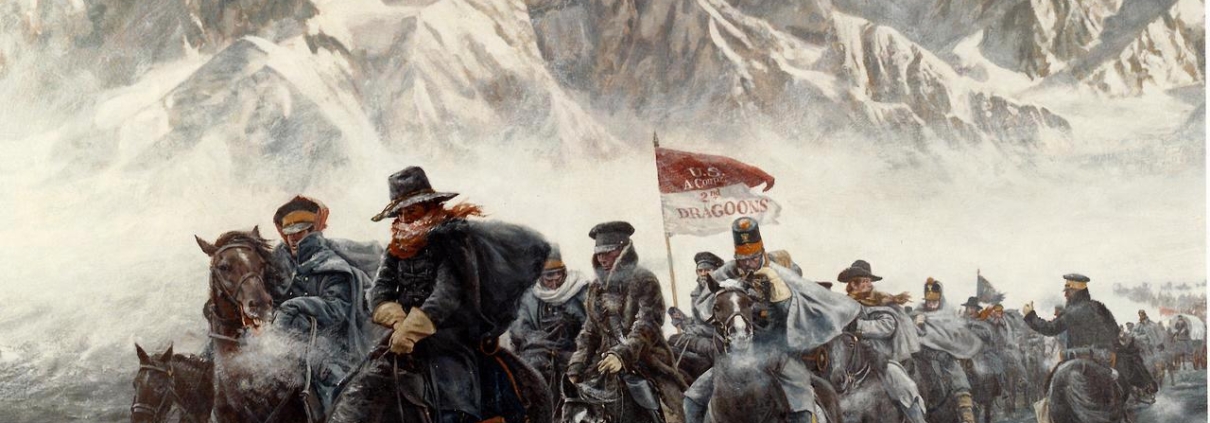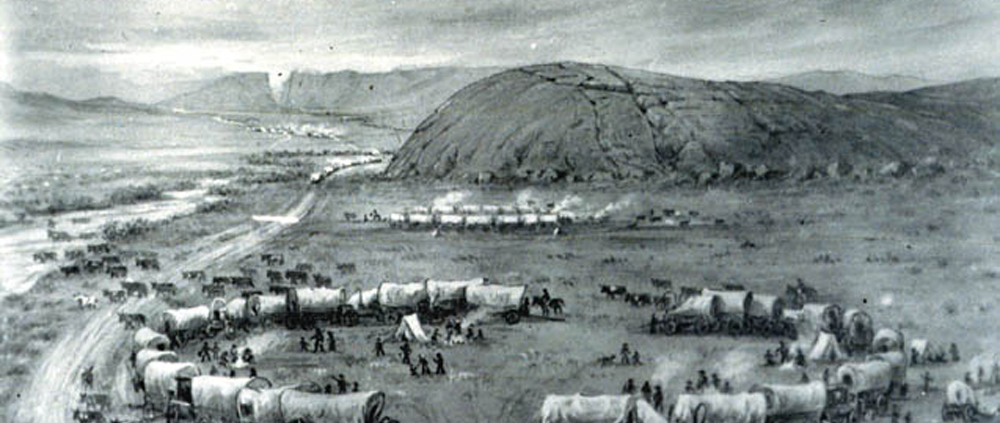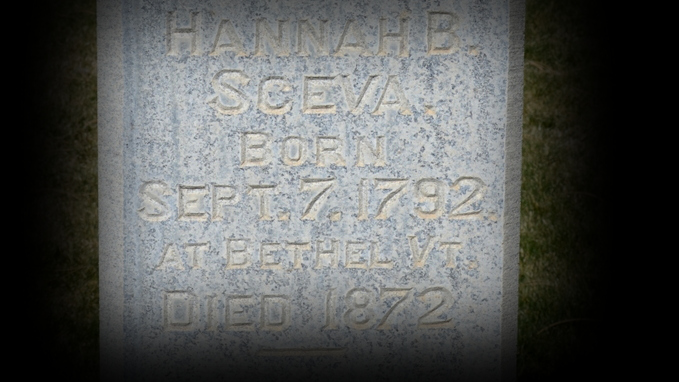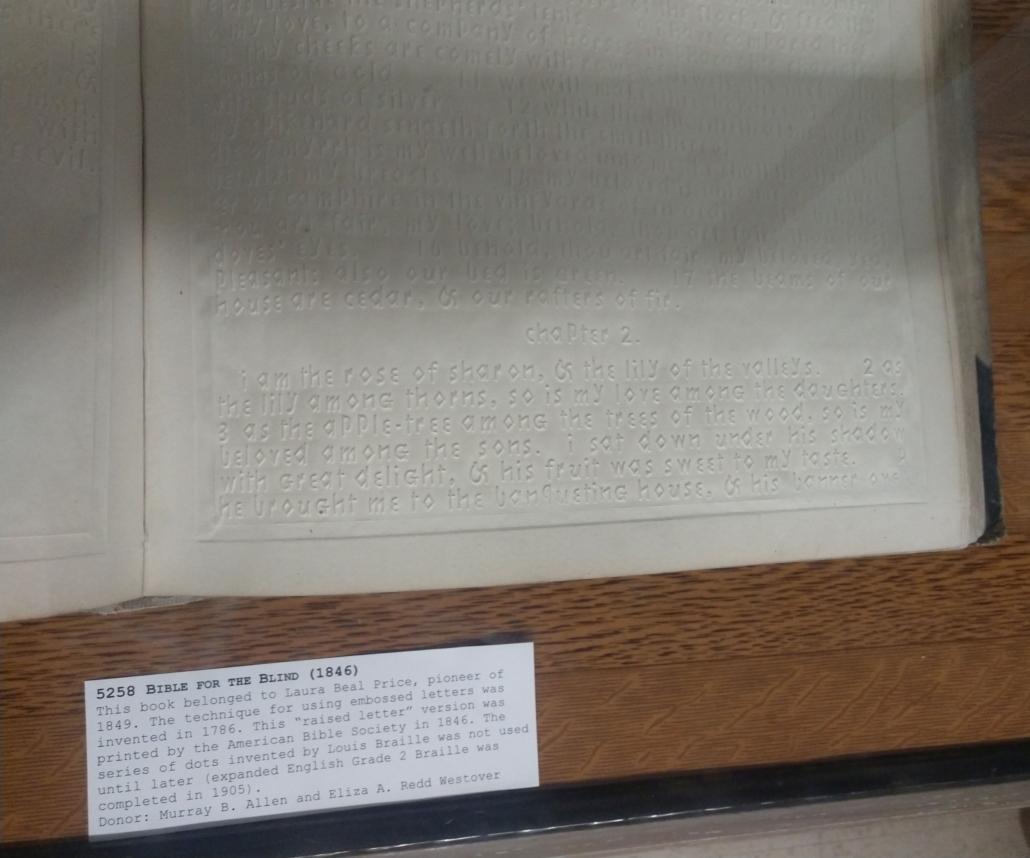Our Family Tree
I believe now will be a good time to introduce a significant new feature to our website, one that has been requested and worked on for some time. It is our family tree.
What many folks want is a visual. They want to be able to understand how they connect to all the individuals we talk about.
That’s actually a pretty tall order and one I have frankly tried to avoid for a long time. It’s so very complex.
Most places you go online – such as Ancestry.com and FamilySearch.org – are really limited in showing information of the living. We get why that is. The issues of privacy are complex.
Complicating that is the fact that logging in and keeping a password for any site is just plain problematic for some folks (well, everyone).
What has been requested is a way to have a tree that shows the living and yet doesn’t require a login or password.
Well, we think we have found a way. You can access our family tree at this link.
Please understand that this is a work in progress and it will always be a work in progress. We’re also attempting to include all of our many branches. This is not just Westovers alone.
We are also very focused on grafting in the ancient branches of the family – or at least those we can find within the past 500 years.
That means we are in active pursuit of the Canadian Westover lines, the Michigan Westovers, the Missouri Westovers, etc. – and we want ALL of them on the tree.
We cannot do this alone.
We know there are a lot of skill levels to this and we’re wanting to connect and work with them all.
If you have resources, especially pertaining to connected branches of the family so far not represented on the tree, we’d love to converse and, if possible, get a GEDCOM file of your current data for those missing lines.
The tree presently has about 33,000 names and more than 13,000 family groups. And that’s nothing. There are literally MILLIONS of us.
The living are very important. The Edwin Westover Family Project is a good example. We just want to know how many living descendants Edwin has and who they are. We feel that if we can find them and list them we can better share his story (and thus OUR story).
But it doesn’t end with Edwin. In fact, we want as many living family members as we can find.
We do not need any private information for the living. We just want a photo and a name. That’s it.
Here is an example of a living individual – one of my daughters, Allie. This shows only basic information about her family and her connection to me and thus to all our ancestors.
In fact, our tree is set up to showcase both the ancestors and descendants of any individual. Explore the menus a little bit, you’ll see.
And that is our primary goal: to make it possible to see how we are all connected – whether you’re on a computer, a phone or a tablet.
As with any family tree, this project will take time and effort. It will get better with time and the effort it takes to fill it out.
While we really want GEDCOM files of all our many branches we desire more to get the stories, photos and journals of as many as possible. We will work with anyone to help get that information on the site. It may take a while to achieve it but we will achieve it.
My big fear in putting this feature out there is that we will get bombarded with comments like “It’s wrong! You have my information wrong! Stuff is missing! You mangled my grandma! Where’s Uncle LeRoy? This sucks!”
We KNOW some of this wrong. We know it is incomplete. Please just help us get it right.
To begin, please see this page about what the tree is or is not (if the info above doesn’t explain it enough for you).
Then see our use and contribution policy. It contains a form where you can submit information you may want added to the tree.
Then point your folks here and have them see how they connect. Invite them to contribute or suggest. The more involved we all get the better the tree becomes.
Finally, I want to once again caution you about the many resources found online related to family history.
Any resource online – Family Search, Ancestry, even Westover Family History – is only temporary. EVER. Don’t think it will be there forever and never think it is absolute. Someone’s always messing with it.
You need to be keeping your own separate records.
You need to gather and preserve information for your own children and grandchildren. You need to have a standalone organized library of information that you have put together featuring your own research blood, sweat and tears.
That’s a lot of work and so daunting. Some have issues using computers. Others just do not see the time required to do these things. Some just rely on others to get it done. Most just don’t know where or how to begin.
We get that. We have all been there.
Whatever your excuse, please get over it.
The only way is to just jump into the pool and to take the sting of the cold water. Every journey begins with a step. There are lots around to help you and that’s all we’re offering.
It can be done if that is your true desire.
Please also recognize there are a lot of ways to bring your own talents and knowledge to the table besides working the project of researching and recording names and dates.
You can help catalog pictures, for example. We need all kinds of help organizing and identifying people in pictures.
You can write histories – really, just memories of your experiences with family members and those things you can remember. It doesn’t have to be a thesis or school paper. Just talk.
You don’t even have to write them anymore. Even recording them into your phone and passing along that recording would do.
You can be a family history reviewer – where you read and submit corrections to written histories of the past.
You can simply video yourself telling stories to your grandchildren.
There are lots of ways of doing family history and they all can now come back to the tree. Everyone putting in stuff makes the tree stronger.
I’m excited for this feature and I’m terrified by it. I hope you will consider becoming a part of it.






